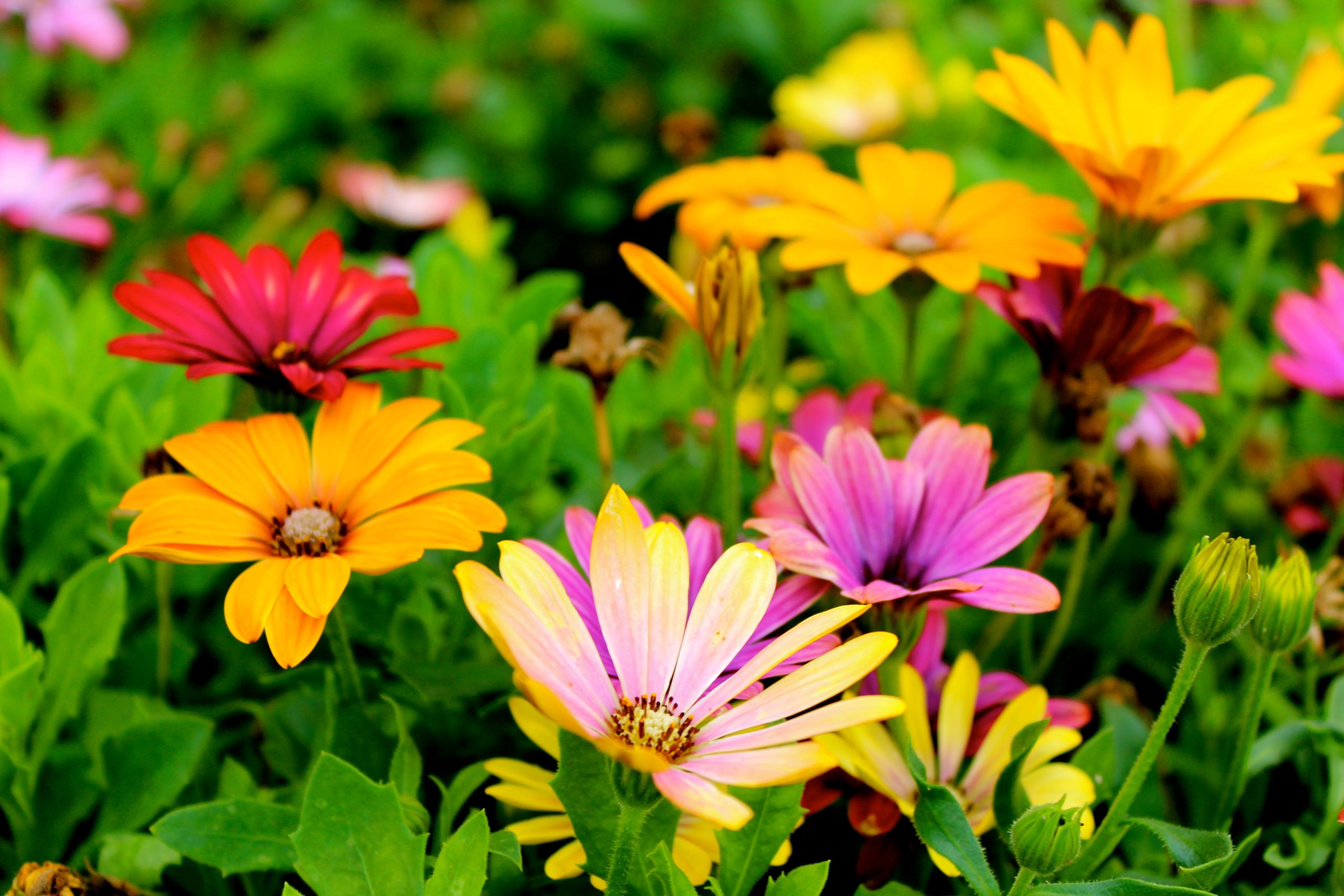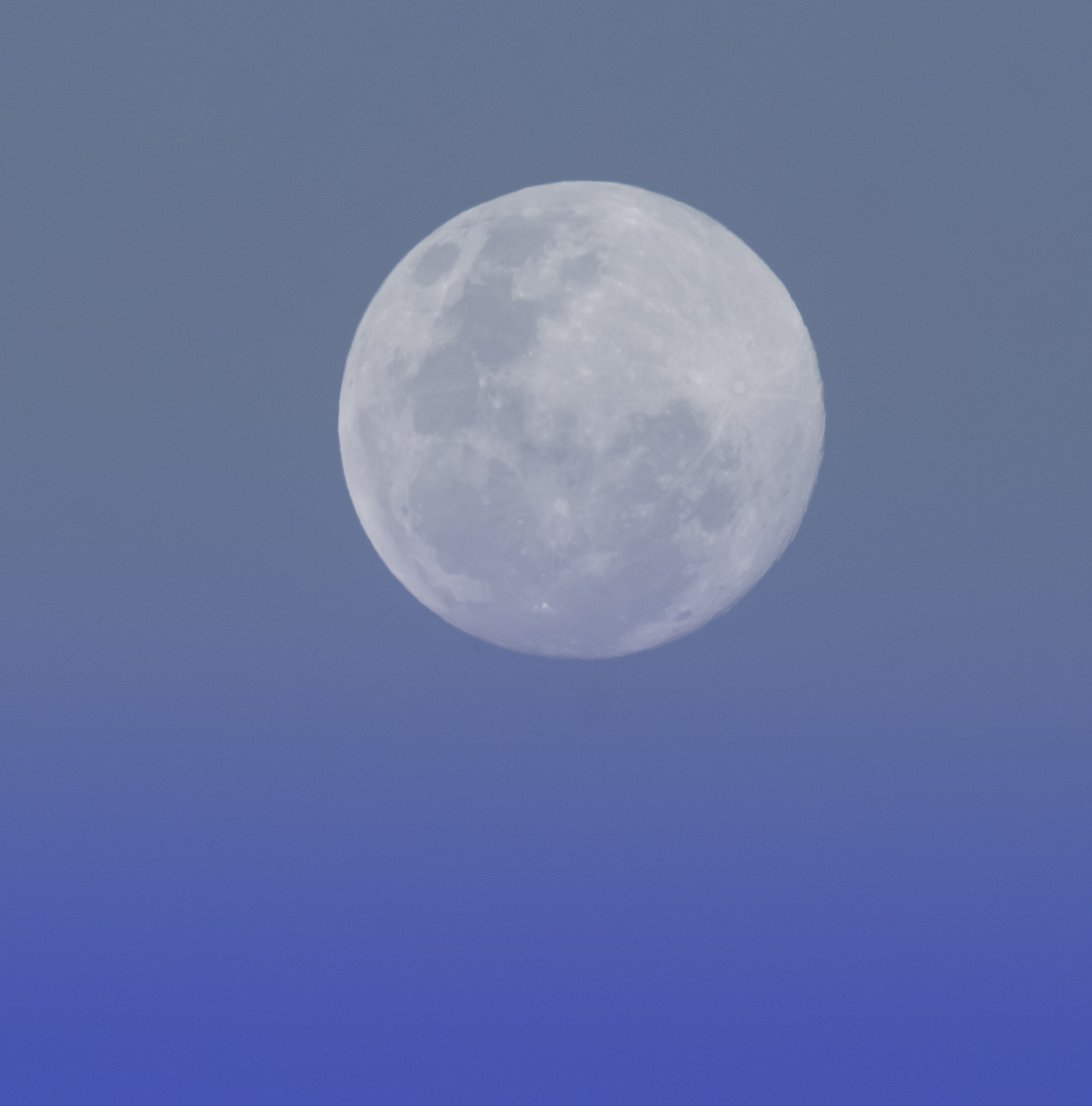By Sabrina RG Raven
Midsummer, also known as Litha, is the celebration of the Summer Solstice, the longest day of the year. It symbolizes the beginning of summer’s rule as the Oak King loses his battle to the Holly King, who shortens the days until Yule – the Winter Solstice.
Celebrated with bonfires, Midsummer is a time for love magic, handfastings, and new beginnings.
It is the height of produce harvesting, gathering herbs for healing, and all the fresh fruit and vegetables to enjoy before the end of harvest season begins and preserving for winter kicks in.
Litha is the Celtic side of Midsummer, where festivals involving fire and dancing were plentiful, however Midsummer is celebrated in many cultures.
Sweden has Midsommar where they escape to the country to get in touch with nature.
Canada has the Summer Solstice Indigenous Festival celebrating First Nations people.
Stonehenge is a celebrated place in England, with people flocking to watch the sunrise perfectly aligned with the mystical stone.
Greece celebrates Kronia, where all people were considered equal and celebrated side by side.
At Chichén Itzá, Mexico, like Stonehenge, the sunrise on the Solstice aligns with the central pyramid of El Calistro, casting half the pyramid into complete darkness, half bathed in light, appearing to cut it in two.
Austria is known for its Solstice bonfires that set the landscape aglow.
Juhannus is Finland’s celebration, where they head to the countryside to fish, sauna, and get married.
Midnight Sun Festival in Fairbanks, Alaska is the ultimate Summer Solstice where the sun shines for a full 24 hours a day.
Ivan Kupala, is celebrated in Slavic countries like Russia and Ukraine. This celebrates the end of a long, harsh winter. An effigy is erected out of plants and grasses and later burned to ensure that summer will have a bountiful harvest.
Scotland has Simmer Dim, boasting almost 19 hours of daylight in the North. It is said to be the most scenic on Unst.
Norwegians mark the period of Sankthansaften with the same enthusiasm as their neighbors in Finland and Sweden. The holiday of Slinningsbålet historically honors the birth of John the Baptist but currently is mostly a celebration of winter’s end.
Astrofest in Croatia focuses on honoring the shortest night of the year rather than the longest day. The goal is to stay awake all night until the following sunrise. The hours spent waiting for a hint of sunrise are said to be filled with magic and fairies, elves, and supernatural beings.
In Lithuania, the solstice holiday of Rasa (alternatively known as Joninės/Rasos) was traditionally celebrated by searching for a blooming fern in the forest and making wreaths. Dew drops were considered a sacred manifestation of life by worshipers in ancient Lithuania, and on the morning of the summer solstice, the dewdrops were thought to have mystical divining qualities.
These are a small selection of traditions of Midsummer. However you choose to celebrate, enjoy the sunlight.
Tips for celebrating Midsummer
Essence/Meaning: Rededication to the Lord and Lady, beginning of the harvest, honoring the Sun God, honoring the pregnant Goddess. Crowning of the Sun God, death of the Oak King, assumption of the Holly King, end the ordeal of the Green Man
Animals/Mythical Beings: Wren, robin, horses, cattle, satyrs, faeries, firebird, dragon, thunderbird
Crystals: Lapis lazuli, diamond, tiger’s eye, all green gemstones, especially emerald and jade
Incense: Heliotrope, saffron, orange, frankincense & myrrh, wisteria, cinnamon, mint, rose, lemon, lavender, sandalwood, pine
Colors: Blue, green, gold, yellow and red.
Tools/Symbols/Decorations: Maypole, Ribbons, Flowers, Flower Crowns, Bowers, White Flowers, Daisy Chains, White Wine, Fire, Balefires, Chalice & Athame, Seasonal Fruit and Vegetables.
Goddesses: Mother Earth, Mother Nature, Venus, Aphrodite, Yemaya, Astarte, Freya, Hathor, Ishtar, all Goddesses of love, passion, beauty and the Sea, and Pregnant, lusty Goddesses, Green Forest Mother; Great One of the Stars, Goddess of the Wells
Gods: Father Sun/Sky, Oak King, Holly King, Hur.
Foods: Honey, fresh vegetables, lemons, oranges, summer fruits, summer squash, pumpernickel bread, ale, carrot drinks, mead.
Herbs: Anise, mugwort, chamomile, rose, wild rose, oak blossoms, lily, cinquefoil, lavender, fennel, elder, mistletoe, hemp, thyme, larkspur, nettle, wisteria, vervain, St. John’s wort, heartsease, rue, fern, wormwood, pine, heather, yarrow, oak & holly trees
Element: Fire
Gender: Masculine
Sunbathing: Enjoy the Midsummer sun and soak in the warmth (please use sunscreen and don’t get burnt)
Flower crowns can be made to wear or decorate your altar.
Embracing the light of Midsummer can also be done through gardening, or go berry picking at a local farm.
It’s never a bad time to feast. Midsummer feasts should be full of fresh produce, home grown or locally sourced from farmer’s markets is even better.
Bring some Midsummer light into your home. Suncatchers will help radiate energy into the home. For a fun activity make your own!
Renew and set goals. Set up the coming year for one of success.
Gather medicinal plants for drying while the sun is hot enough.
Embrace gratitude. For ideas check out our calendar on page 12 for Random Acts of Kindness ideas.
Continue the bonfire gathering of Beltane with another. Bonfires are always a great meeting place to celebrate (this is not recommended if you live in fire prone areas – always use common sense).
Midsummer is still often seen as a time when spirits are more active and easier to spot. Will-o-wisps are said to be frequent around Midsummer, usually appearing as balls of light over lakes.
A time to imbibe! Drinking has featured in many Midsummer celebrations. Please drink responsibly. And for non-drinkers embrace the fruit juice – fresh is best if you can get it. Love magic. It is said if unmarried people place seven flowers under their pillow on midsummer, they’ll dream of their future partner.
Yoga is a great way to balance the body and mind for Midsummer.
Make and fly a kite. This is great for all ages and is a way to get some sunshine in the warm Midsummer breezes.
Bio: Sabrina is a kitchen witch from Australia who has been a practicing pagan for 25 years. She is also an artist and writer. She has an interest in folklore, healing and herbalism.



